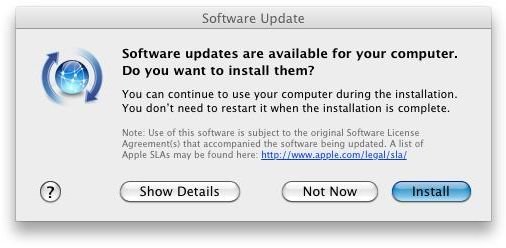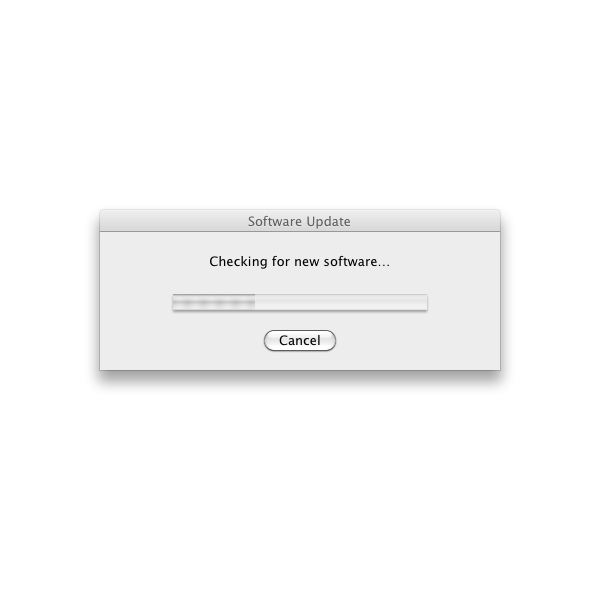How to Keep your Mac up-to-date with Apple Software Updates
Keeping Your Apple Fresh
In order to keep your Mac in optimal condition, you must pay attention to what Apple sends out in the way of updates. This is important because it will help you maintain and increase the security of your computer as well as help it run more efficiently. To stay up-to-date, you’ll use Software Update and configure it to work automatically.
With Software Update, you can enhance performance and security by configuring your Mac to automatically download and install updates for both the operating system and for critical system components such as AirPort, iPod, iTunes, and iChat. Of course, not all updates apply to all computers, and Apple will tailor its suggested updates around what you have installed. For the majority of users, you should always install what Apple suggests for your particular setup, because those updates will generally both enhance performance and increase security. Updates and upgrades will solve known problems too, such as a glitch in a software program, or a bug in a prior update, and may even contain updates to drivers or firmware, necessary to keep your computer running smoothly.
It’s easy to manually check for updates:
- With a blank desktop in front of you, click the Apple logo in the top left corner of the screen.
- Click Software Update.
- Wait while the computer checks for available updates. See the first image below.
- Follow any instructions to install those updates.Se the second image below.
Images

Set Software Update Preferences
If you’ll take a moment to look at how your Mac is set up to obtain software updates, you can configure them to their optimal settings. To view and set Software Update Preferences:
- Open System Preferences>Software Update.
- Verify that Check for Updates is selected. Make sure it’s set to at least, Weekly.
- If you would like for Software Update to download the important updates in the background, instead of informing you and having you manually choose to download the important updates yourself, check Download Updates Automatically.
Choosing What to Install
As mentioned previously, deciding what updates to install is pretty easy. For the most part, you should simply install whatever Software Update has selected.
Keep iTunes, iPods, iPhones, and iPads Up To Date
Make sure you connect any i-devices to your Mac once a week or so. Let the devices sync and backup automatically. If you see updates, install them. Note that in certain instances you’ll get errors if iTunes isn’t up-to-date though, and these can be hard to diagnose. For instance, if you try to install a new iPad 2 update, but you don’t have the latest version of iTunes, you’ll get an error message (Error 3259, to be exact). The only way to install that iPad update and get past the error message is to update iTunes.
To that end, here’s how you check for iTunes updates:
- Open iTunes.
- Click iTunes, and click Check for Updates.
- Install any upgrades.
References
Author’s Own Experience:
It has been my experience that checking for updates once a week is the best strategy for staying on top of updates. It’s also been helpful to connect my iPad, iPod, and iPhone once a week too. Apple offers lots of updates, and they are all important, so it’s best to stay on top of things.
